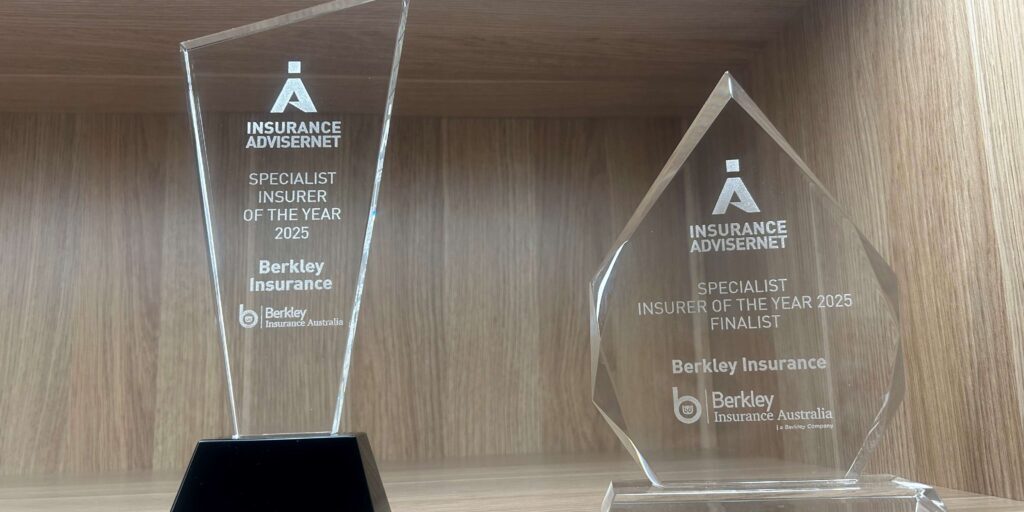
Run-Off Insurance – How Long is Long Enough??
Claims Made insurance policies only respond to claims made against an Insured during the policy period. Once the policy expires, no future claims can be made under the policy, even though the act giving rise to the claim may have occurred during the policy period.
Why do you need a Run-Off Cover?
Unfortunately, when a company shuts its doors, the liabilities which attach to the company don’t magically disappear. Individuals can be held liable for their negligent actions as professionals, principals, partners, directors, officers and employees even if a company no longer exists. Additionally, obligations agreed to under contracts and deeds signed by companies can survive the life of the company and again attach to individuals.
This is why it is extremely important to recommend your clients purchase run-off liability insurance. Run-off cover extends the policy period to ensure there is cover in the future for claims which the company and its people may not be aware of when their business closes down.
How can you purchase Run-Off Insurance?
Run-off policies can be purchased as annually renewable policies or as multi-year policies.
A 7-year policy is generally the maximum length multi-year run-off policy you can purchase and is often used as a rule of thumb as being the appropriate length of run-off cover, but is this enough??
In short, the answer is No.
Why 7 years may not be enough cover
The 7-year time frame comes from the maximum statute of limitations of six years, plus one additional year for good measure. Whilst it is true, the maximum statute of limitations in Australia is six years, the limitation period only begins from the moment the third party suffers a loss or discovers that they have suffered a loss.
An example of a 7 year run-off policy not being long enough is the case of an engineer who had designed a block of flats. The flats were designed in the 1980’s and at that time, the balcony railings were below the standard legal height. In late 2000, a student who was living in the flats fell off the balcony and injured themselves. It was alleged there was an error in design because at the time the railings were designed they were below the legally correct height and the engineer was therefore liable. There was a 20 year gap between the design date and the incident date. The countdown for the purposes of the statute of limitations only began when the incident occurred (i.e. the third party suffered or became aware of their loss).
In the case of minors, the limitation period only begins from the time they turn 18.
Extra Protection for Your Professional Indemnity Insurance
Our advice – protect your own PI insurance policy – if your client has a claims-made policy, always offer run-off insurance for a minimum of seven years and when the seven years expire, offer another seven years.
Related Links
Quote and Bind a Policy Instantly
The Importance of Offering Run-Off Insurance
What is Run-Off Insurance? Why Do I Need It?
Important Notice
Berkley Insurance Company (limited company incorporated in Delaware, USA) ABN 53 126 559 706 t/as Berkley Insurance Australia is an APRA authorised general insurer. Information provided is general only, intended for brokers and has been prepared without taking into account any person’s particular objectives, financial situation or needs. Insurance cover is subject to terms, conditions, limits, and exclusions. When making a decision to buy or continue to hold a product, you should review the relevant policy documents.
Share this post on
Inside Berkley Insurance Australia: An Interview with CEO Tony Wheatley
Berkley Insurance Australia Wins Specialist Insurer of the Year for Fourth Consecutive Year
Getting the Best Terms for Clients with Prior Claims


